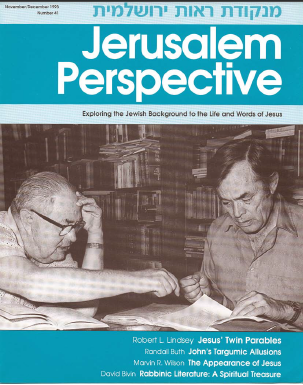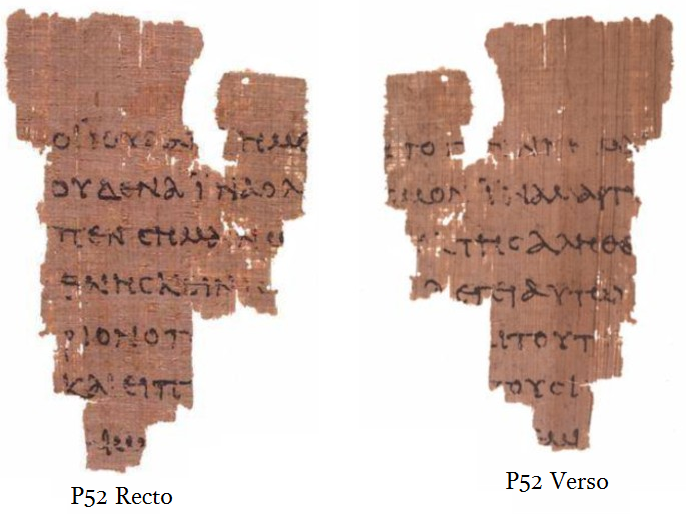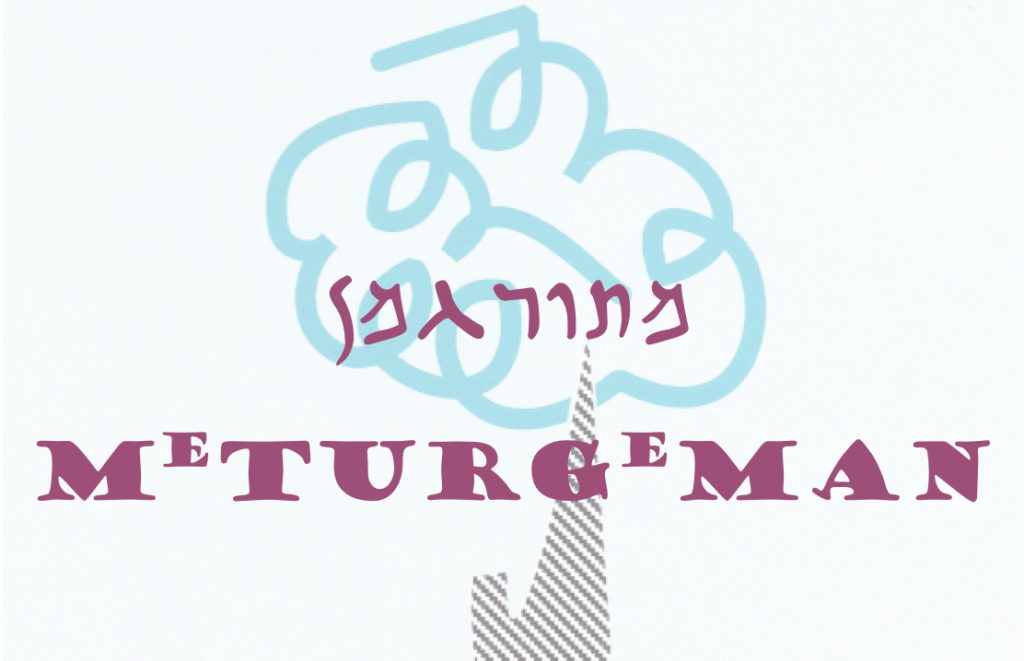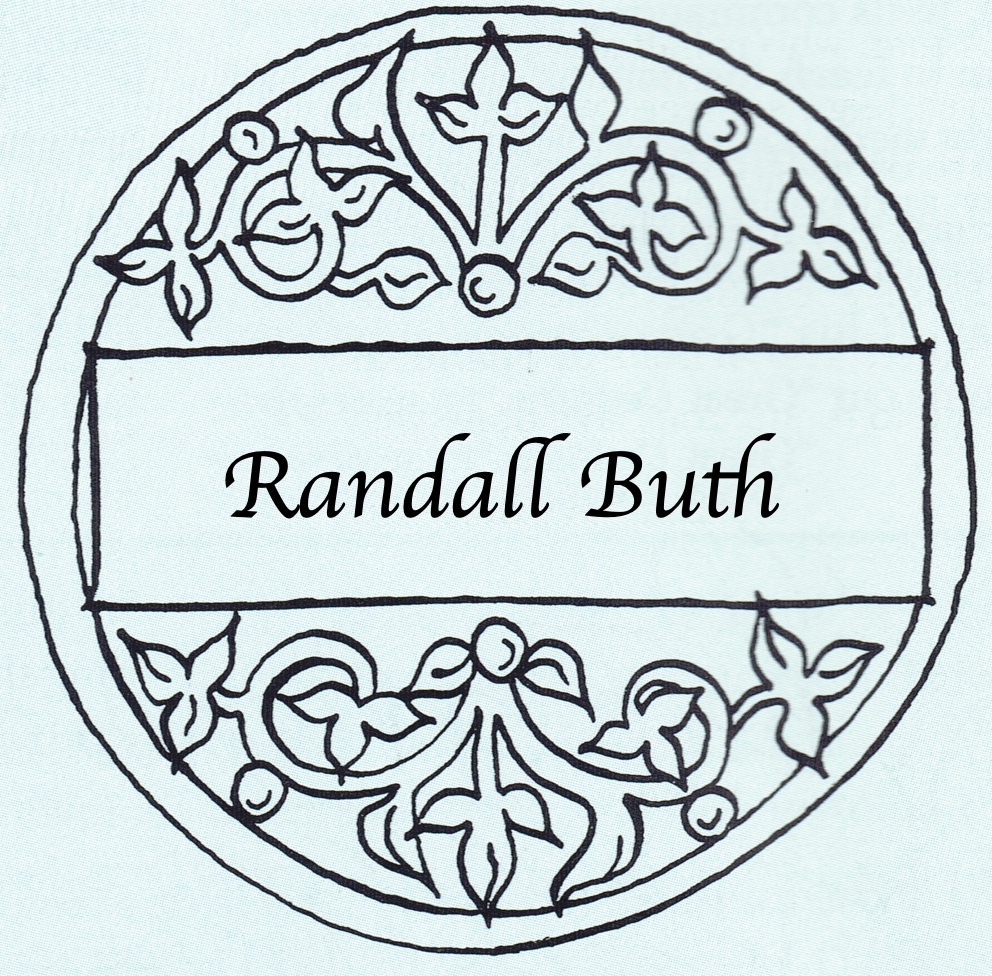מְתֻרְגְּמָן (me⋅tur⋅ge⋅MĀN) is Hebrew for “translator.” The articles in this series illustrate how a knowledge of the Gospels’ Semitic background can provide a deeper understanding of Jesus’ words and influence the translation process. For more articles in this series, click here.
The viewpoint of scholars toward the Gospel of John has changed considerably during the last generation. (See “Scholarly Attitudes to John” below.) Thanks to several recent discoveries, we are now able to appreciate a number of literary allusions in the Gospel’s introductory verses (1:1-18) that had previously escaped attention. We will discuss the background of a few of these allusions, and then consider some implications for translation.
Light from the Targums
In the synagogue, the targum (Aramaic translation of the Bible) was provided along with the Hebrew Scripture readings. By means of the targum, rabbinic interpretations of Scripture could be introduced without altering in any way the text of the Hebrew original. The tradition of an Aramaic translation may go back to the Persian era (539-332 B.C.) when Aramaic was the official language of government. In the first century it still provided help for those from outside the land of Israel who may not have known Hebrew well. The targums were transmitted orally at first and only written down in the second to seventh centuries A.D. The Qumran manuscripts and early rabbinic literature give evidence that some targums were written at an earlier date.[9]
A complete manuscript of a “Palestinian Targum” was found in the Vatican library in Rome in 1956. This discovery, while much less famous than the discovery of the Dead Sea Scrolls, has provided important insight into a number of Jewish allusions in John 1:1-18.
Premium Members and Friends of JP must be signed in to view this content.
If you are not a Premium Member or Friend, please consider registering. Prices start at $5/month if paid annually, with other options for monthly and quarterly and more: Sign Up For Premium

- [1] This traditional exegesis of Genesis 1 was strengthened by the connection between "wisdom" and "the beginning" in Proverbs 3:19 and Proverbs 8:22. At Genesis 1:1 the Palestinian targums replace "In the beginning God created" with "By wisdom God created." However, John 1 only develops the "word" terminology, so the "wisdom" terminology will not be discussed here. ↩
- [2] The close connection between John 1:14 and targumic phraseology has been pointed out by Alejandro Diez Macho, "El Logos y el Spiritu Santo," Atlantida 1 (1963): 389; and Martin McNamara, Targum and Testament (Shannon, Ireland: Irish University Press, 1972), 103-104. ↩
- [3] It can be assumed that from the time John’s Gospel was written informed readers have all seen the connection between Ἐν ἀρχῇ (En arche, "In the beginning") in John 1:1 and [the Greek translation of] Genesis 1:1. ↩
- [4] "Unfortunate" is euphemistically mild. Such mistakes can provide the seeds for Christian anti-Semitism. Much depends on one’s starting point. In order to correctly read the New Testament, one must start from within a Jewish context and look out inclusively to the Gentile world. ↩
- [5] Leon Morris made a correct grammatical observation even though he ended up interpreting the verse antithetically: "We should have expected the contrasting men and de. But John simply puts the two statements side by side" (The Gospel According to John, The New International Commentary [Grand Rapids: Eerdmans, 1971], 111). ↩
- [6] Randall Buth, "Oun, De, Kai and Asyndeton (Null) in the Gospel of John," in Linguistics and New Testament Interpretation (ed. David Alan Black with Katherine Barnwell and Stephen Levinsohn; Nashville: Broadman, 1993). ↩
- [7] Barnabas Lindars, The Gospel of John, New Century Bible Commentary (Grand Rapids: Eerdmans, 1972), 98. ↩
- [8] Peter Renju, a United Bible Societies translation consultant in Africa, has suggested (oral communication) another model for translation: "For the divine blessing started with Moses, who has given us the Law, and has reached its fullness in Jesus Christ, who has given us grace and truth." This kind of restructuring may be necessary for many translation audiences. Putting short clauses together like the Jerusalem Bible and New International Version may not make for clear, smooth communication. ↩
- [9] Compare, for example, the Qumran Targum to Job (early first century A.D.) and Tosefta, Shabbat 13:2. ↩





